Star A

Star A

Introduction
Evolution of Density Profile and Poloidal Magnetic Field Lines
Zoomed in Evolution
Evolution of Lagrangian Matter Tracers
Black Hole and Disk Parameters
Introduction
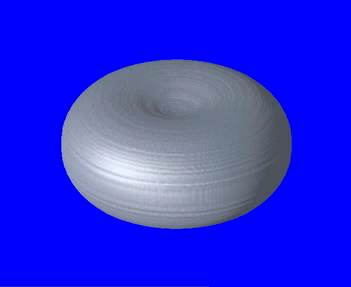
Fig. 1-1 Initial Shape of the Rotating Star
Evolution is performed on a 500x500 grid, with outer boundaries at r/M=20.3, where M is the initial mass of the star. In this simulation, the spin parameter is J/M2=1.0, and the rest-mass M0 satisfies M0/M0,sup=1.46, where M0,sup is the rest-mass limit ("supramassive limit") for uniformly rotating polytropes. Figure 1.1 shows the initial shape of the star, which is hypermassive.
Evolution of the Density Profile and Poloidal Magnetic Field Lines
In the meridional clip, the density is plotted on a logarithmic scale normalized to the maximum central density, which occurs at excision (Fig. 2-1).
At t/M=0, the star has an oblate density profile and rapid differential rotation (Fig. 2-2). Poloidal magnetic field lines are indicated by the closed loops. Rotational to gravitational potential energy is T/|W|=0.249. Magnetic braking and MRI destroy differential rotation and transfer angular momentum to the outer layers. Rotational kinetic energy in differential motion is transferred to toroidal magnetic field energy. At time t/M=2550 (66Prot), the star becomes dynamically unstable and catastrophically collapses to a rotating black hole. An apparent horizon (dark grey) appears at t/M=2570 (67Prot) as shown in Figure 2-3. Excising the black hole interior (white area) and evolving, we find that the system settles down to a black hole surrounded by a massive ambient disk (Fig. 2-4). The collimated field lines combined with the hot, massive accretion disk make the black hole a promising candidate for a source of gamma ray bursts.
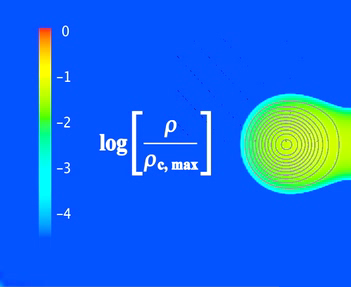 Fig. 2-1 Color code for density profile |
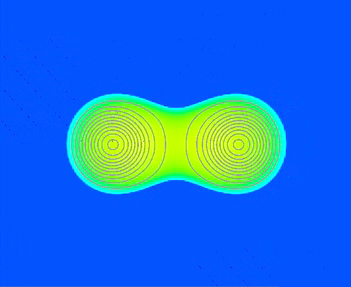 Fig. 2-2 Density Profile at t/M = 0 |
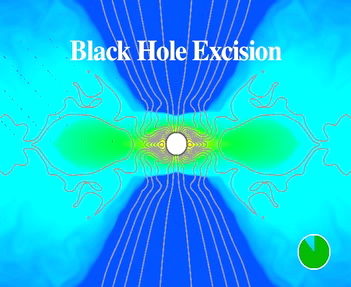 Fig. 2-3 Black hole excision at t/M = 2590 |
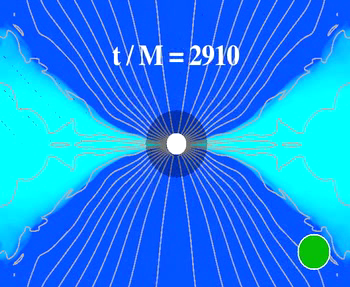 Fig. 2-4 Density profile at t/M = 2910 |
Zoomed in Evolution
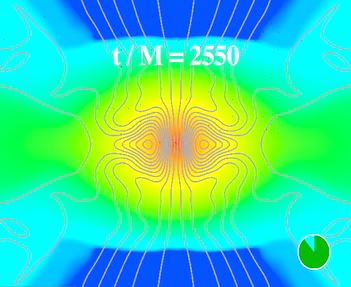 Fig. 3-1 Density profile at t/M = 2550 |
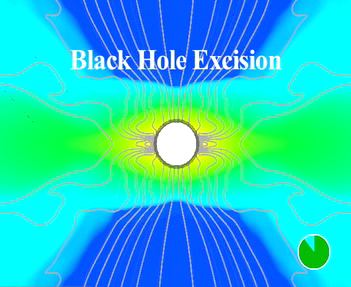 Fig. 3-2 Black hole excision at t/M = 2590 |
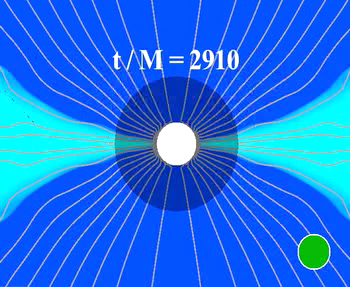 Fig. 3-3 Density profile at t/M = 2910 |
Evolution of Lagrangian Matter Tracers
In these clips, we place 20,000 Lagrangian matter tracers that represent fluid elements. The initial distribution of Lagrangian tracers is proportional to the initial rest-mass density. We then calculate the trajectories of the tracers by integrating fluid velocities. The dark grey volume is the apparent horizon and the white volume is the area excised. The red lines trace representative magnetic field lines.
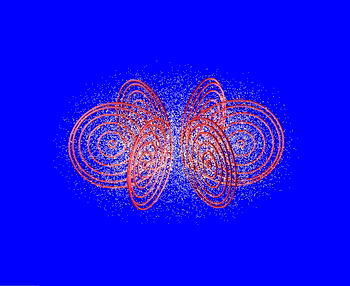 Fig. 4-1 Lagrangian matter tracers with full field at t/M = 0 |
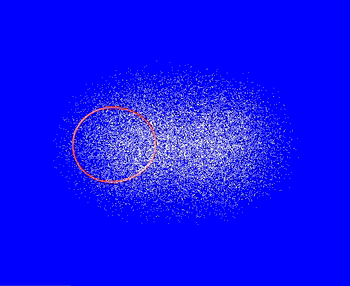 Fig. 4-2 Field line at t/M = 0 |
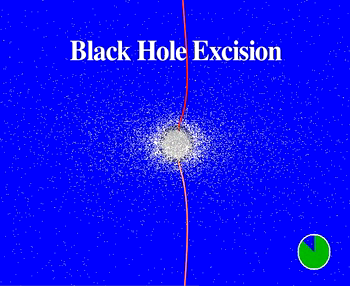 Fig. 4-3 Black hole excision at t/M = 2590 |
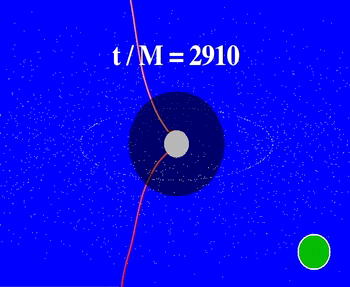 Fig. 4-4 Lagrangian matter tracers at t/M = 2910 |
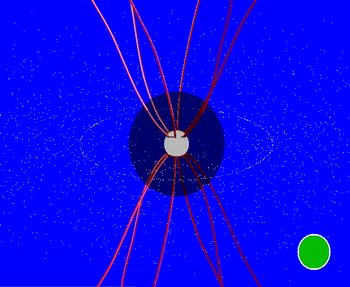 Fig. 4-5 Field lines at t/M = 2910 |
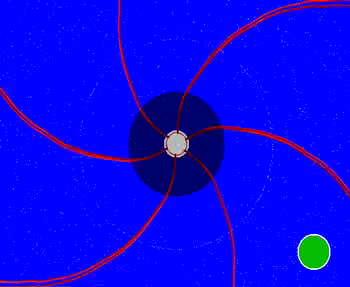 Fig. 4-6 Top view of field lines at t/M = 2910 |
Black Hole and Disk Parameters
The star collapses to form a rotating black hole surrounded by a massive disk. Listed in the table below are significant, nondimensional parameters for the spin of the black hole and disk, and the rest mass of the black hole and disk. These parameters indicate the formation of a substantial disk.
| JD/J | 0.44 |
| JBH/J | 0.56 |
| M0,D/M0(0) | 0.10 |
| M0,BH/M0(0) | 0.90 |
| JBH/M0,BH2 | 0.8 |
| JBH/Mirr2 | 0.73 |
Last Updated 12 Nov 14 by SEC